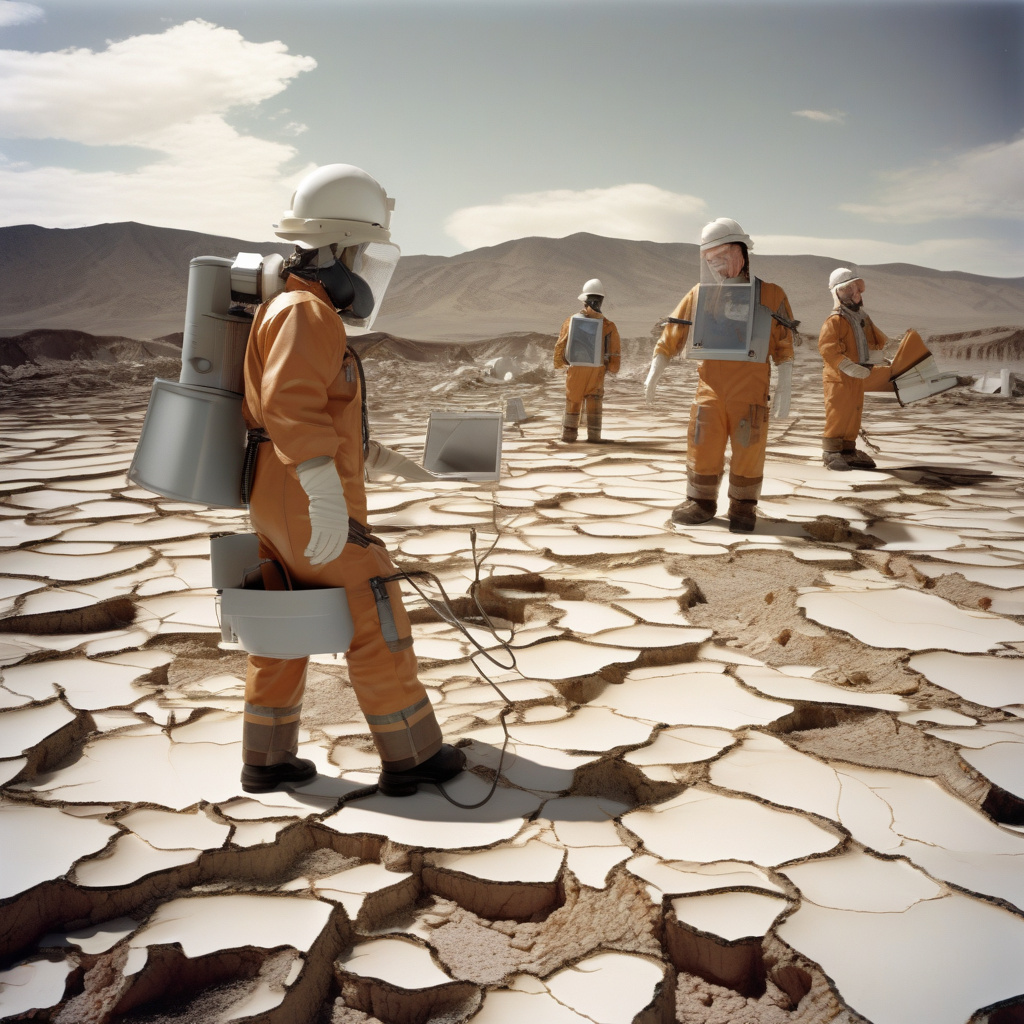World-first: Slow-motion earthquake that travels miles in weeks captured, stuns scientists
Researchers from a renowned U.S. university captured a slow slip earthquake in motion. It was a mesmerizing event that unfolded over weeks, stunning scientists and providing a rare glimpse into the dynamics of our planet’s tectonic movements.
The slow-motion earthquake, also known as a slow slip event, is a fascinating phenomenon where tectonic plates move gradually over an extended period of time, unlike the sudden jolts we typically associate with seismic activity. In this case, the earthquake traveled miles in just a few weeks, showcasing the immense power and complexity of geological processes happening beneath our feet.
What makes this discovery truly groundbreaking is the unprecedented detail with which researchers were able to observe and analyze the slow slip event. Advanced monitoring techniques, including GPS sensors and satellite imagery, allowed scientists to track the movement of the tectonic plates with remarkable precision, providing valuable insights into how and why these events occur.
One of the most intriguing aspects of slow slip earthquakes is their potential impact on larger, more destructive seismic events. While slow slip events are generally considered to be relatively benign, there is evidence to suggest that they could trigger larger earthquakes in the surrounding areas. By studying these events more closely, scientists hope to improve their ability to forecast and prepare for future seismic activity.
In addition to the scientific implications, the capture of this slow-motion earthquake serves as a reminder of the dynamic and ever-changing nature of our planet. The Earth’s tectonic plates are constantly in motion, shaping the landscape and influencing natural processes in ways that are both awe-inspiring and humbling.
As researchers continue to analyze the data gathered from this unprecedented event, there is no doubt that new insights and discoveries will emerge, further expanding our understanding of the forces that shape our world. The ability to capture and study a slow slip earthquake in such detail is a testament to the ingenuity and perseverance of the scientific community, highlighting the importance of ongoing research and exploration in unraveling the mysteries of our planet.
In conclusion, the recent capture of a slow-motion earthquake by researchers from a renowned U.S. university represents a significant milestone in the field of seismology. This rare event has provided valuable insights into the behavior of tectonic plates and the occurrence of slow slip earthquakes, paving the way for future advancements in earthquake research and preparedness.
earthquake, slow slip event, tectonic plates, seismic activity, scientific discovery









